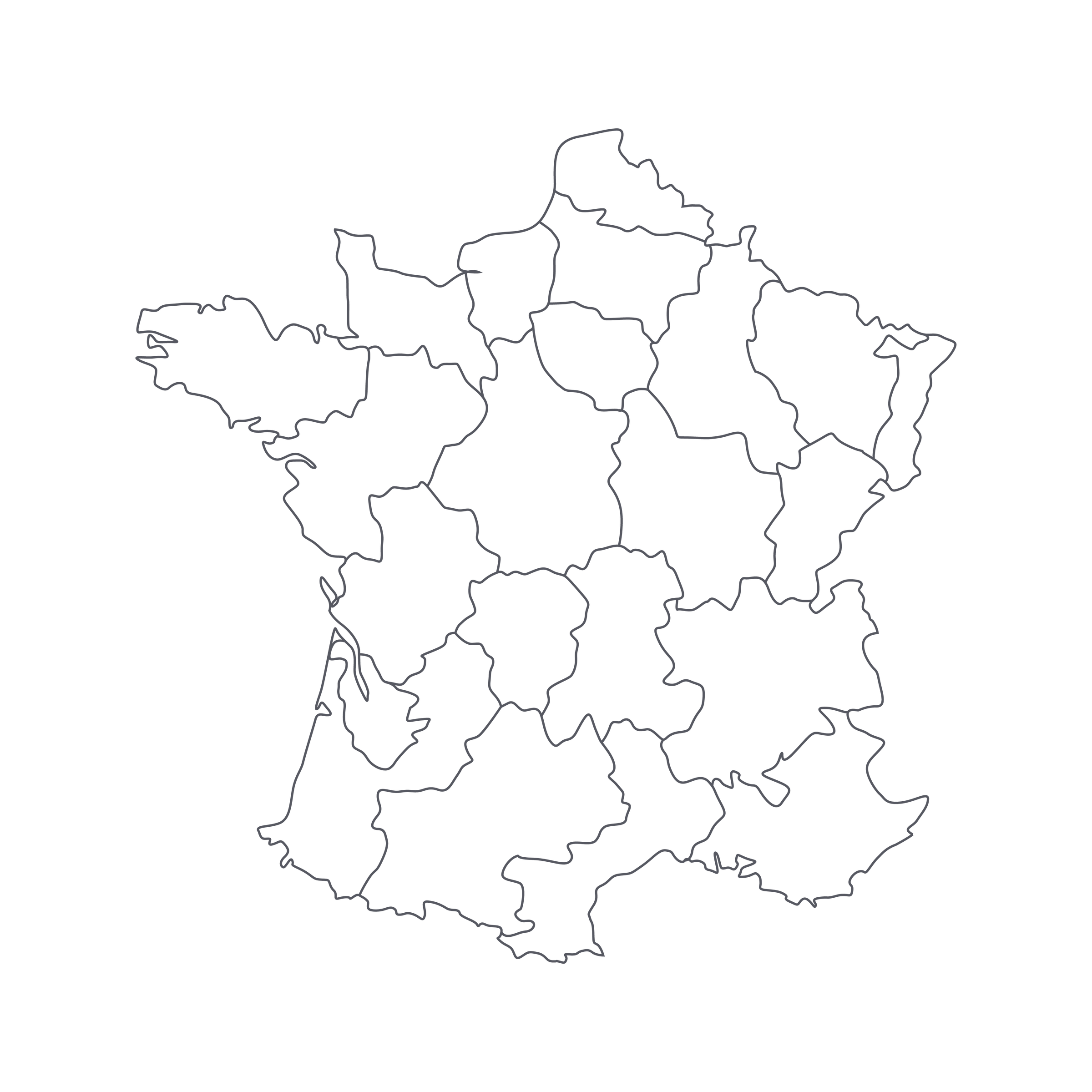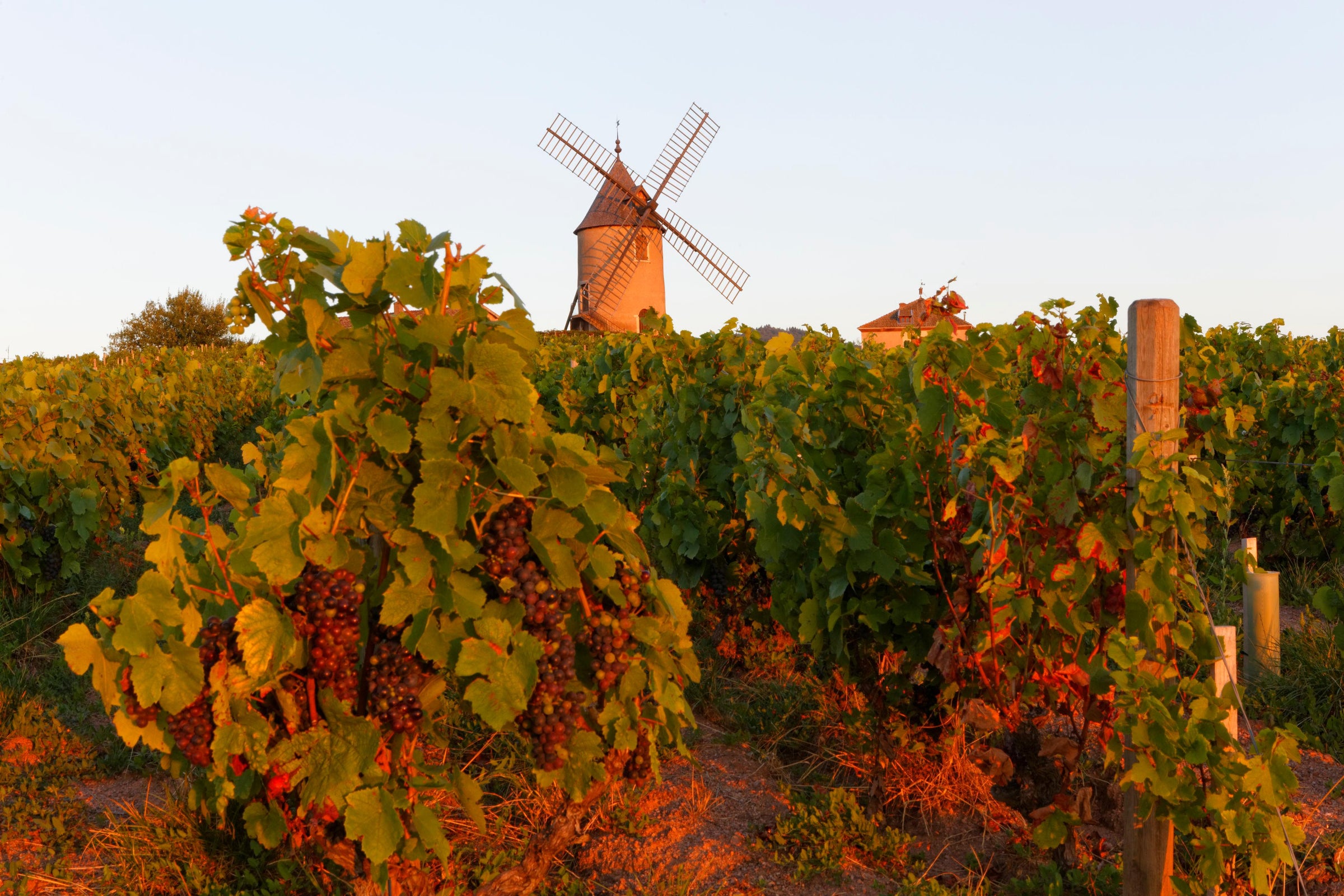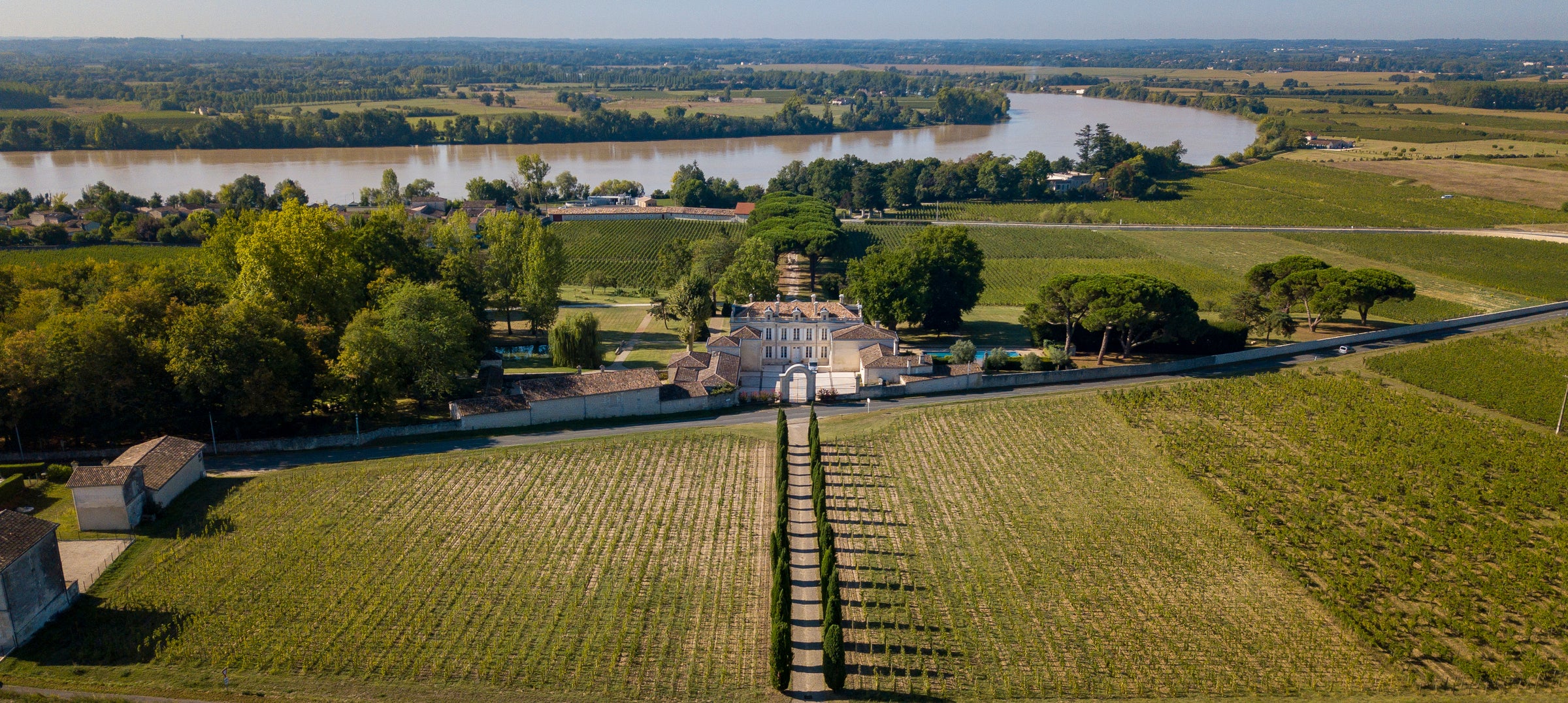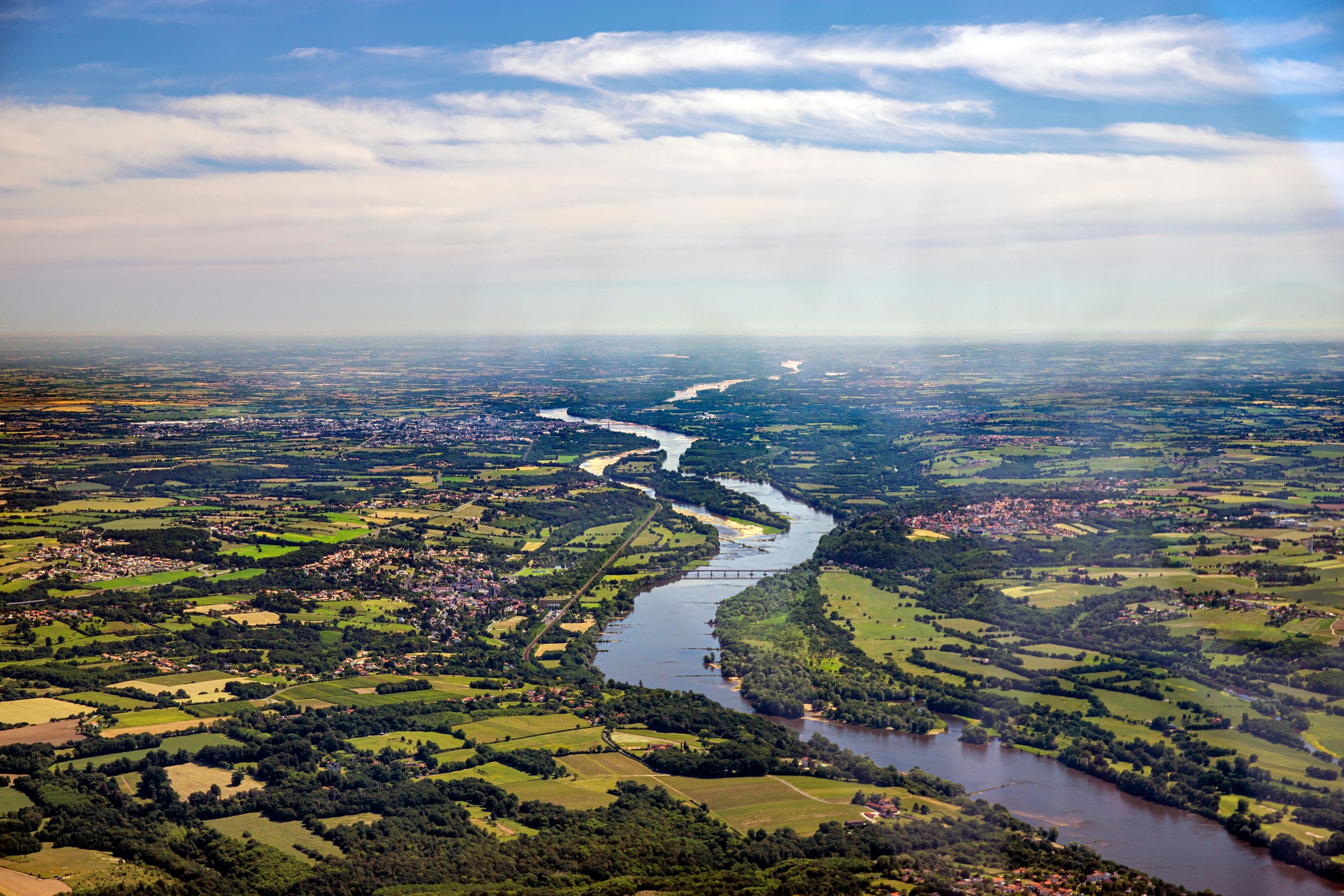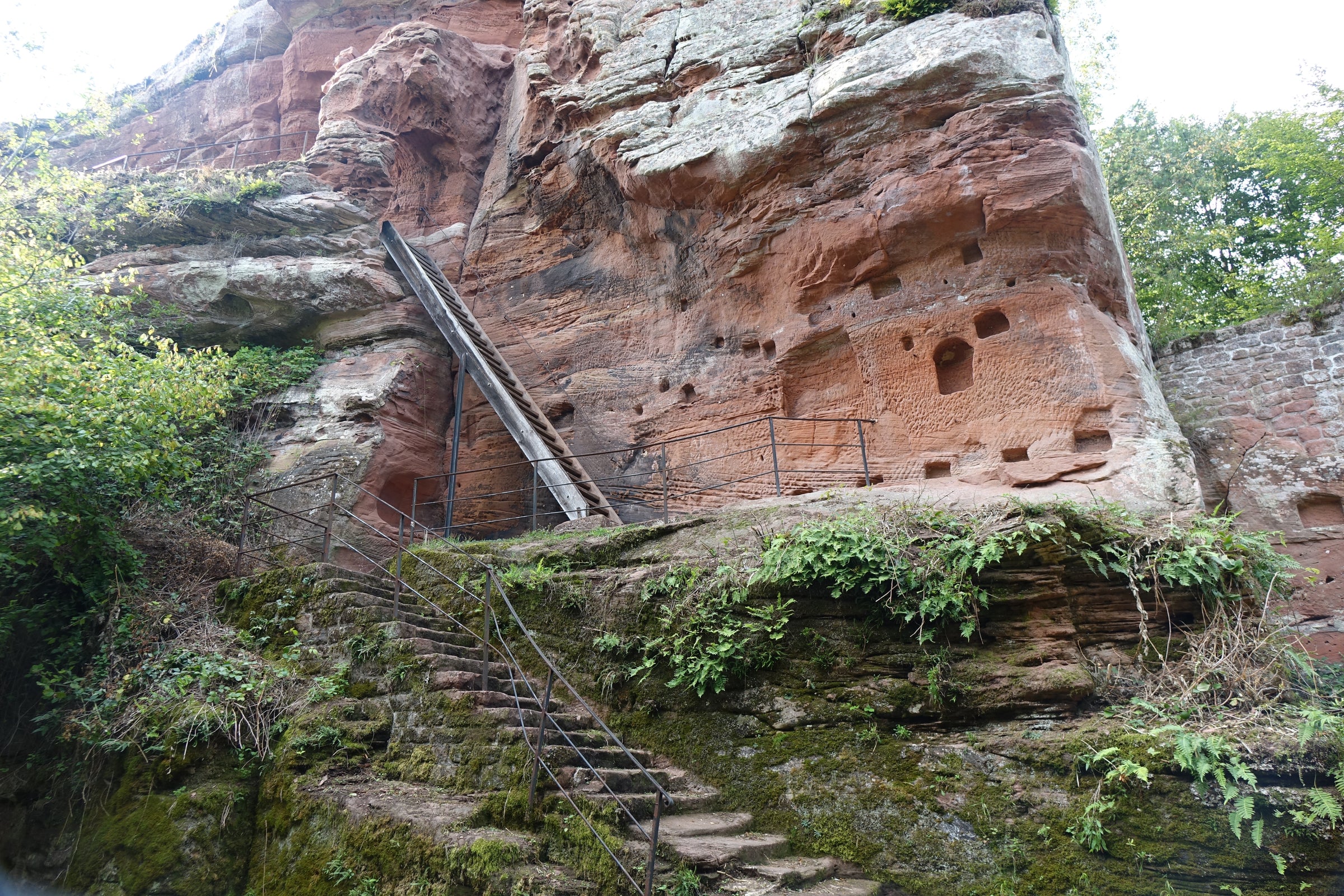Get out the soap box: Whether you collect Burgundy or not, just hearing the words “Premier Cru” generates excitement. Everyone knows my affinity for the region, especially in 2014, where great producers revealed wines of unreplicable polish, perfume, and elegance. Today’s red from Domaine Patrice Rion, however, delivers more than a darling vintage—it offers Premier Cru status and a degree of exclusivity, too.
It’s an extraordinary expression of pure, cellar-worthy Burgundy that has been attracting critical acclaim because of the reemergence of a once-forgotten, now increasingly cherished
monopole: “
Clos Saint-Marc.” A
monopole is a cru vineyard owned by a single producer, and getting your hands on one somehow amplifies the exhilaration felt when purchasing any Premier Cru Burgundy. With this limited-production bottle in your hands, you’re getting an exclusive look at a tiny yet lauded terroir that only Domaine Patrice Rion can call theirs. It’s an intimate feeling, one that few others are able to experience. And the wine itself? Rich, velvety, and bursting with powerful, mouthwatering savor and perfume that only the greatest sites of Nuits-Saint-Georges can deliver. Quantities are extremely low—only three per person until we inevitably run out.
The Rion family has become a household name in Burgundy and it’s largely because of current-day owner Patrice Rion. He first gained worldwide acclaim after promoting and subsequently crafting his father’s wines at Domaine Daniel Rion & Fils, which was created in 1955 with just two hectares in Vosne-Romanée. Despite Daniel having three sons, it was Patrice who took the most interest at an early age: Clive Coates also noted in his book that Patrice, at the age of 17, “...decided to put up a notice outside the winery and start selling bottles to passing tourists. In 1973, this was rare in Burgundy.” Starting in the ‘80s, Patrice became the winemaker and public face of the family domaine, and at the turn of the millennium, he and his wife left to expand Domaine Michèle et Patrice Rion—an estate Patrice had originally created in 1990. Since then, his new venture has slowly acquired blue-chip Premier Cru parcels and with the help of his son, Maxime, high praise among sommeliers and the press has followed.
Patrice Rion has acquired an impressive array of premier land up in the Côte de Nuits, where everyone scraps to own slivers in each vineyard, so rare is the opportunity to see an entire site owned entirely by one producer. Though “Clos Saint-Marc” only stretches a mere 2.3 acres, Patrice cherishes what little piece he has by farming without herbicides and following organic practices with the help of his plow horse. And, come harvest, he keeps his handpicked yields on par with Grand Cru-designated wines (i.e. very, very low). Pinot Noir clusters are carefully sorted in both the vineyard and winery before fermenting in open-top stainless steel tanks, and after roughly three weeks, the wine is transferred into 50% new French oak for 18 months.
Patrice Rion’s “Clos Saint-Marc” from 2014 is the most luxurious and integrated red wine I’ve tried from them, emitting intense florality and dense, dark fruits. The wine reveals a deep ruby core throughout and sounds off with classic Nuits-Saint-Georges aromatics: wild cherries, black raspberry, Damson plums, black tea, currants, crushed earth, red plums, fresh violets, damp rose petal, leather, and orange rind that are all melded together by persisting baking spices. The palate is medium-plus bodied and firmly structured, but there is a constant presence of supple fruit and suave tannins that make this a gorgeous sculpted red Burgundy. Ultimately, a perfect marriage of slow-building power and finesse. Like the 2014 “Les Gruenchers” we offered earlier in the year, “Clos Saint-Marc” is a marvel right now, but won’t reach absolute stardom until 2020. Even still, when 2020 does come along there’s no need to bum-rush your remaining bottles—this has a satisfyingly long life ahead of it and will offer stunning results around its 10th-15th birthday. When you (inevitably) drink one in the short term, decant for at least one hour, two preferably, and prepare a delectable wintry dish: lamb shanks braised in Pinot Noir with a mixture of spice and herbs. High-flying Burgundy and a hearty lamb dish? Hard to outperform that combination. Enjoy!


